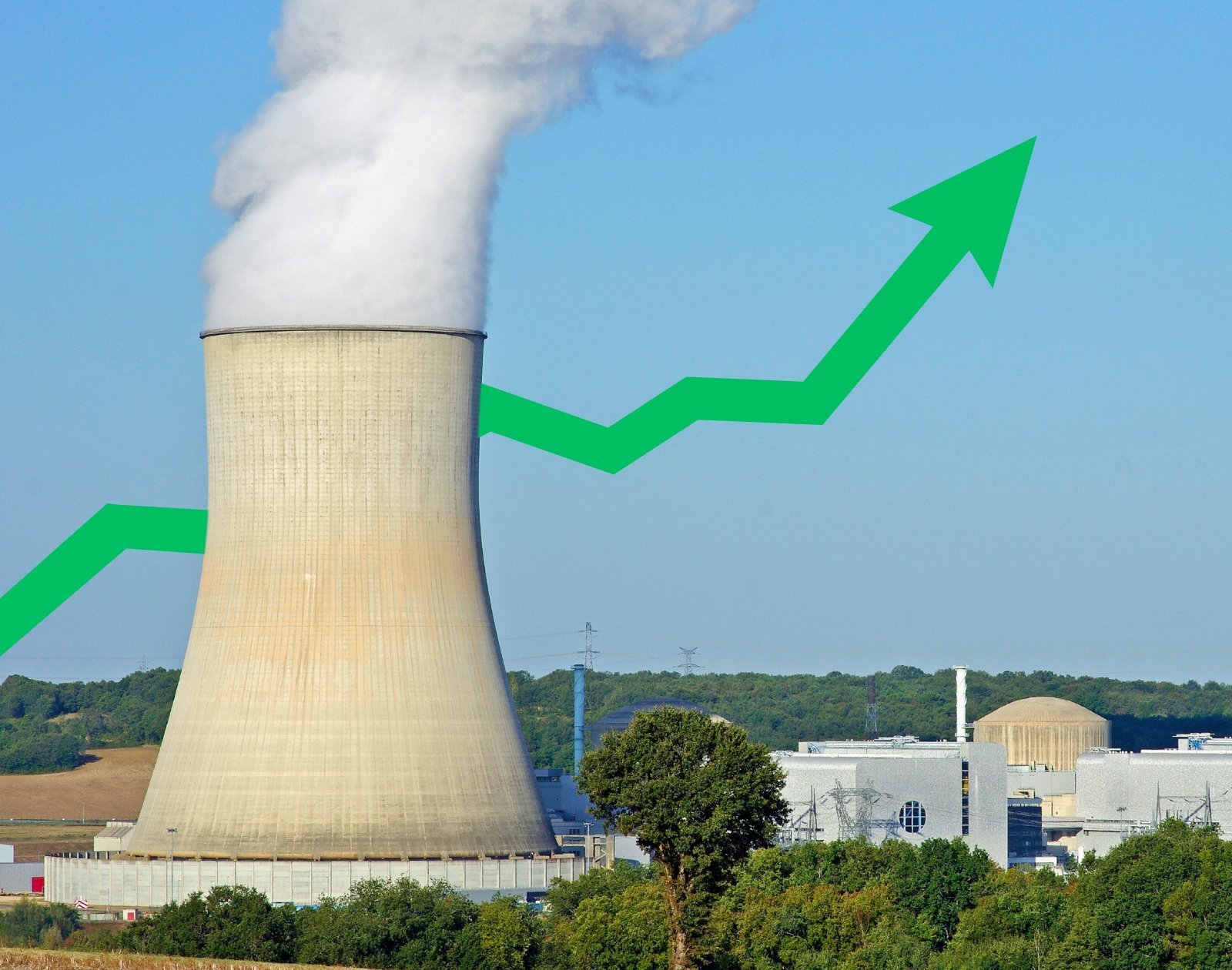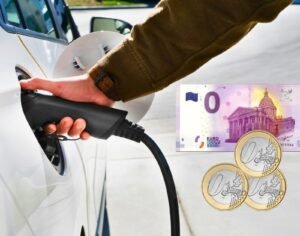The Civaux nuclear power plant / Image: Daniel Jolivet – Flickr CC, edited by RE.
We live in an era marked by numerous transformations in the energy landscape, changes driven by environmental issues and sovereignty constraints. Among these, the place of nuclear power in the strategy of the French state has been the occasion of numerous announcements and debates, which have regularly fueled our headlines. Here are the latest developments.
1 – Victory in the tough battle over green taxonomy
The European Union has defined a classification of technologies identified as sustainable from an environmental point of view. This approach, called “green taxonomy”, was launched in 2018 and aims to guide investments. The place of nuclear energy within this taxonomy has been the subject of heated debates in the European Parliament, and has been the occasion for an intense debate between “pro” and “anti” nuclear energy. A motion to exclude nuclear energy from clean technologies was rejected on 6 July 2022. And it is finally from 1 January 2023 that nuclear energy is formally integrated in the green taxonomy.
2 – The 180° turn in the national strategy for new nuclear power
Until now, the French state’s energy policy in the nuclear energy sector was aimed at reducing the share of nuclear energy in the energy mix to 50%. This goal was passed into law on 17 August 2015, with a target of 2025, postponed to 2035 by the Energy Climate Law of 8 November 2019.
The law of 22 June 2023, “relating to the acceleration of procedures related to the construction of new nuclear plants near existing nuclear sites and the operation of existing plants” led to the reversal of this objective. The law now allows the promotion of nuclear energy, simplifying procedures, for a period of 20 years. The text was also an opportunity to introduce a presumption of an imperative reason of significant public interest (RIIPM) regarding new nuclear power, similar to what was done for some renewable energy projects by the law of 10 March 2023.
3 – The emergence of a multitude of new nuclear projects
It was May 2021. Following the multi-year energy program 2019-2028, EDF presented to the State its project to build three new EPR 2 reactors. This proposal was approved by Emmanuel Macron on 10 February 2022 in Belfort. More precisely, this project consists of three pairs of reactors, which will be integrated three power plants already existing: Penly (Seine-Maritime), Gravelines (North) and Bugey (Ain). However, the completion of the work is still far away, since in the best case scenario the commissioning of the reactors is scheduled for 2035, 2038 and 2042 respectively. The overall investment amount is also experiencing significant increases.
Another consequence of this new momentum towards nuclear energy is the opening of the market to small modular reactors (SMRs), which has led to the creation of a multitude of new designs. Let’s take the project as an example Towards the North led by EDF, the startup Jimmy which should set up its plant in Le Creusot, Newcleo, which designs fast reactors using lead coolant, intended in particular for maritime transport of goods the project Calogen of the Gorgé group for urban heating, a long list of projects, in short, which would be too long to mention exhaustively here.
We also remember the first reintroduction of reprocessed uranium in a French power plant. Reactor no. 2 of the Cruas-Meysse power plant was actually started at the end of February 2024 with a recharge of this type. The industry was suspended in 2013, for 10 years, exiting have doubts on the effectiveness of this method of recycling part of nuclear waste.
4 – A new price for nuclear electricity
The purchase price of historic nuclear electricity from suppliers alternative to EDF is established by the ARENH system, established in 2012. The amount was set at €42/MWh, and was the subject of strong criticism, in particular by of EDF which also considered it low to allow the maintenance of power plants and the financing of new projects. After hard negotiations, it is a price of 70 €/MWh for 2026 announced by the French government in November 2023, accompanied by numerous clauses that allow this amount to be modulated.
It is not entirely certain that this data is definitive, because defining a price is difficult in a context in which the electricity market, and more generally the energy market, undergoes very strong variations, particularly in the context of the European electricity market. The reasons are in fact numerous: sanctions adopted against Russia, variations in the price of hydrocarbons, variations in demand and intermittent production of renewable energy. Therefore, in April 2024, EDF had to do so shut down five nuclear reactors face negative prices.
The financing of new nuclear energy is also the subject of numerous proposals. We had mentioned in particular the possibility that the public authorities would open a nuclear savings booklet on the model of booklet A.
5 – The great change in nuclear control bodies
These transformations do not spare the nuclear actors themselves. Let us first mention the takeover of 100% of EDF by the State, with effect from 8 June 2023, and which recalls the nationalizations of the sector in 1946, on the initiative of General de Gaulle. The shareholding structure has not changed radically, as the State already held 95.94% of EDF’s capital as of 28 February 2023. However, it foreshadows the action of the public authorities for the construction of the future nuclear park and revives fears of a possible possible dismantling: the Ercole plan is in fact remembered.
We were also able to observe the fusion of the Institute for Radiation Protection and Nuclear Safety (IRSN) and the Nuclear Safety Authority (ASN). This reform project was initially announced by the government in February 2023. Strongly criticized, it however ended with a final decision with the law of 21 May 2024 relating to the “Law of 21 May 2024 relating to the organization of the governance of nuclear safety and radiation protection to face the challenge of relaunching the nuclear sector”.
Will all these changes allow France to respond to environmental challenges, while doing well in a particularly difficult geostrategic context? Very difficult to predict!



